Infrastructure development is booming in 2025, driving unprecedented demand for high-quality road graders. This article delves into the critical factors professional buyers must consider, from performance benchmarks to technological advancements. Gain valuable insights to make informed purchasing decisions and enhance your business operations.
Table of Contents:
-Market Overview of Road Graders
-Detailed Market Analysis of Road Graders
-Key Factors When Selecting a Road Grader
-Conclusion
Market Overview of Road Graders
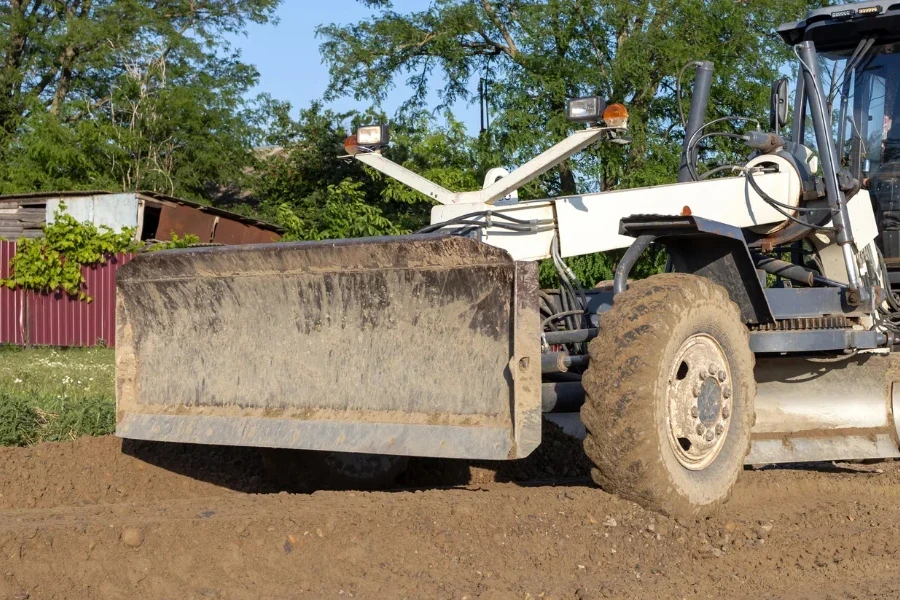
The global road grader market has grown significantly over the past few years. As of 2024, the market was valued at approximately USD 8.5 billion, with a projected compound annual growth rate (CAGR) of 5.7% through 2030. Key regions driving this growth include North America, Europe, and the Asia-Pacific, with North America leading at 35% of the market share, followed by Europe at 30%. The rising demand for infrastructure development and road maintenance has been a major driver for the market.
The market is segmented by type, application, and power source. Motor graders with engine capacities ranging from 150 to 300 HP account for over 50% of the market. Road graders are mainly used in road construction, maintenance, and mining activities, with road construction holding the largest share. The increasing adoption of technologically advanced graders, such as those equipped with GPS and automated control systems, is expected to further fuel market growth.
Detailed Market Analysis of Road Graders
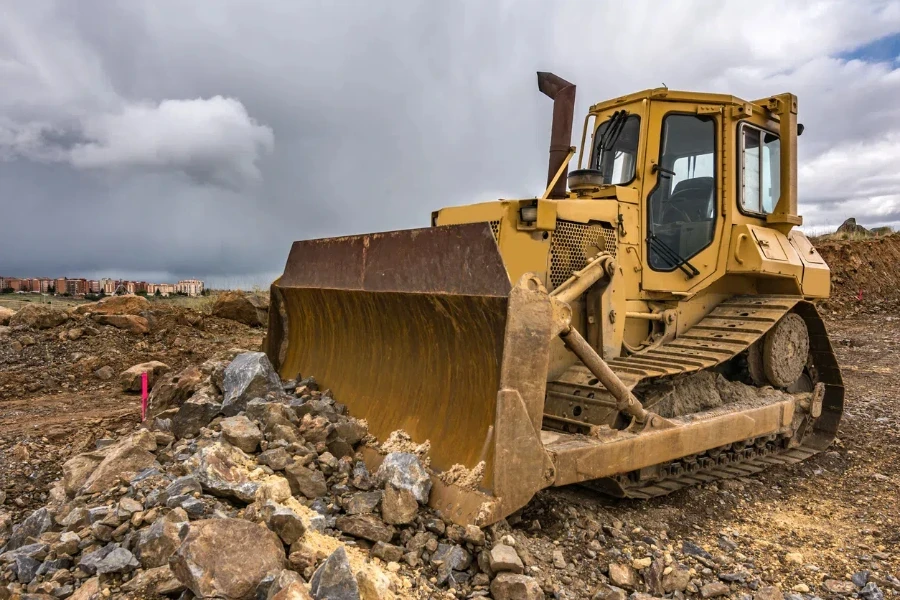
Key Performance Benchmarks
Performance benchmarks for road graders are determined by engine power, blade width, and operational efficiency. Modern graders have engines ranging from 150 HP to over 400 HP, providing the necessary power for various tasks. Blade widths, typically between 12 to 16 feet, allow for effective earthmoving and leveling. Advanced hydraulic systems enhance blade precision and control, ensuring high-quality results.
Market Share Dynamics
Leading manufacturers such as Caterpillar Inc., Deere & Company, and Komatsu Ltd. dominate the global market, collectively holding over 60% of the market share. Their extensive product portfolios and strong distribution networks contribute to their dominance. The competitive landscape is marked by continuous innovation and strategic partnerships. For instance, Caterpillar’s Cat® 140 GC motor grader, designed for low-cost operation, has strengthened its market position.
Recent Innovations
The road grader market has seen innovations aimed at enhancing operational efficiency and reducing environmental impact. The integration of GPS and telematics systems allows for real-time monitoring and precise control, improving productivity and reducing fuel consumption. Hybrid and electric-powered graders, such as XCMG’s GR1805T3 hybrid grader, offer reduced emissions and lower operational costs, aligning with global sustainability goals.
Technological Advancements and Digitalization
Technological advancements have transformed the road grader market. Automation and digitalization have led to smart graders with features like automated blade control, real-time data analytics, and remote diagnostics. These advancements enhance operational efficiency and reduce downtime and maintenance costs. The trend towards digitalization is expected to continue, with manufacturers investing in research and development to introduce more advanced and connected grader models.
Customer Pain Points and Brand Positioning
Customers in the road grader market face challenges such as high initial investment costs, maintenance issues, and the need for skilled operators. Manufacturers are addressing these issues by offering financing solutions, extended warranties, and comprehensive training programs. Strong brand positioning and after-sales support are crucial for gaining customer trust and loyalty. Brands that emphasize reliability, durability, and superior performance are more likely to succeed.
Future Outlook
The future of the road grader market looks promising, with increasing investments in infrastructure development and a growing emphasis on sustainable construction practices. The demand for technologically advanced graders is expected to rise, driven by the need for efficient and environmentally friendly equipment. As the market evolves, manufacturers will need to innovate continuously and address the changing needs of their customers.
Key Factors When Selecting a Road Grader
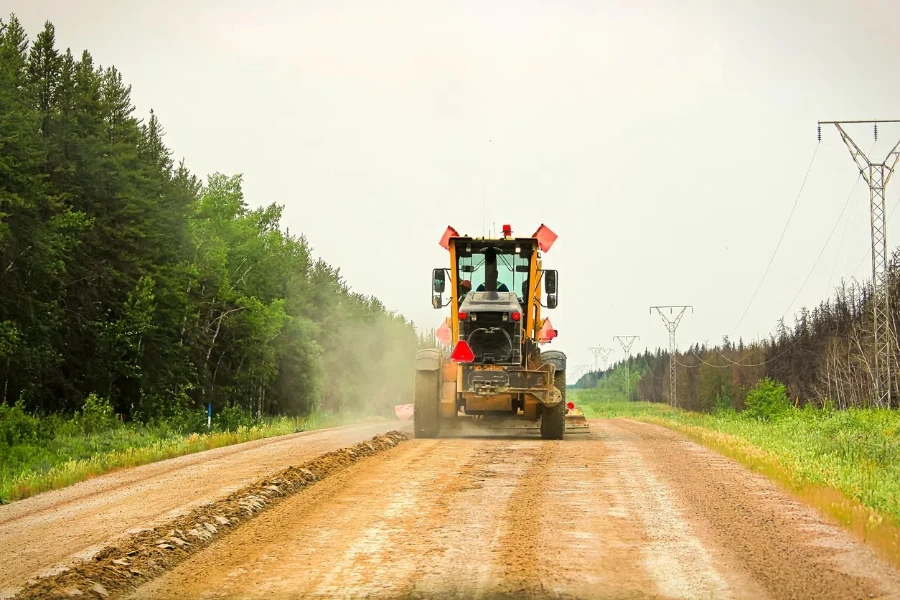
Types of Road Graders
Road graders are essential for leveling surfaces, grading roads, and preparing construction sites. They come in various configurations, each suited for specific tasks. Motor graders are versatile machines used in both construction and maintenance of gravel roads. They are typically categorized based on their size, weight, and specific functionalities.
Heavy-duty graders are designed for large-scale projects such as highway construction and major road repairs. These graders usually have more powerful engines and larger blades, making them capable of handling substantial workloads. Conversely, light-duty graders are more suitable for smaller projects or less demanding tasks, such as landscaping or minor road maintenance.
Articulated graders offer enhanced maneuverability due to their ability to pivot in the middle, allowing for more precise control when grading curved surfaces. Rigid-frame graders are more stable and are often used for straight-line grading tasks.
Performance and Functionality
The performance of a road grader is largely influenced by its horsepower, blade width, and operating weight. High horsepower engines provide the necessary power for moving large amounts of material, crucial for heavy-duty grading tasks. For example, a grader with a 200-horsepower engine will perform significantly better on large projects than one with a 100-horsepower engine.
Blade width is another critical factor. Wider blades can cover more ground in a single pass, improving efficiency. However, they may also require more power and be less maneuverable in tight spaces. Blade widths typically range from 10 to 14 feet, with adjustable settings to cater to different job requirements.
Operating weight impacts the grader’s stability and its ability to press down on the surface being graded. Heavier graders are more stable and can exert more pressure, beneficial for compacting materials. For instance, a grader weighing 20,000 pounds will have better compaction abilities than a lighter 15,000-pound model.
Technical Specifications
When evaluating road graders, it’s essential to consider their technical specifications. These include engine type, transmission system, and hydraulics. Modern graders often feature advanced diesel engines that comply with stringent emission standards, providing both power and environmental benefits.
Transmission systems can be either manual or automatic, with automatic transmissions offering ease of use and smoother operation. Hydraulics are crucial for controlling the blade and other attachments, with more advanced systems providing finer control and increased versatility.
Additionally, GPS and other positioning technologies can significantly enhance grading precision. These systems allow operators to set exact grading parameters and ensure consistent results, which is particularly beneficial for large-scale projects requiring high accuracy.
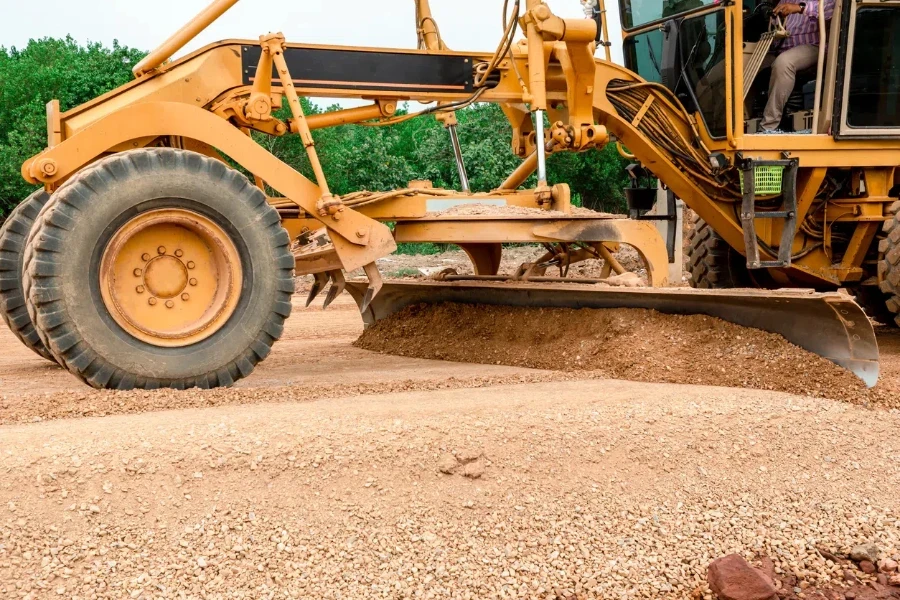
Durability and Build Quality
The durability and build quality of a road grader are paramount, as these machines often operate in harsh conditions. High-quality materials such as reinforced steel for the blade and frame ensure longevity and resistance to wear and tear. For instance, blades made from heat-treated steel are more durable and require less frequent replacement.
Regular maintenance is also a key factor in ensuring durability. Graders with easily accessible components and simplified maintenance procedures can reduce downtime and extend the machine’s lifespan. Features such as sealed bearings and centralized lubrication systems can further enhance durability by reducing the wear on critical components.
Latest Technology Features
The latest advancements in road grader technology have introduced features that enhance both efficiency and operator comfort. For example, graders equipped with advanced telematics systems allow for real-time monitoring of machine performance, predictive maintenance, and remote diagnostics.
Operator comfort has also seen significant improvements with the introduction of ergonomic cab designs, climate control, and advanced suspension systems. These features reduce operator fatigue and increase productivity.
Moreover, the integration of automated control systems can significantly enhance grading accuracy and efficiency. These systems use sensors and GPS technology to automate blade movements, ensuring consistent and precise grading results.
Safety Standards and Certifications
Road graders must comply with various safety standards and certifications to ensure safe operation. These standards cover aspects such as operator protection, machine stability, and environmental impact. For instance, graders must meet the Occupational Safety and Health Administration (OSHA) standards for operator visibility and machine stability.
Certifications such as the CE mark for European markets or the ISO 9001 for quality management systems indicate that the manufacturer adheres to high standards of quality and safety. Regular inspections and maintenance are also crucial for ensuring that the grader remains in safe operating condition.
Industry Awards and Recognition
Industry awards and recognition can serve as indicators of a road grader’s quality and performance. Awards from reputable organizations or industry bodies highlight machines that excel in innovation, efficiency, and user satisfaction. For example, a grader that has received the “Construction Equipment Top 100 Product” award is likely to be a reliable and high-performing choice.
Ease of Use and Initial Setup
The ease of use and initial setup of a road grader are important considerations, especially for operators who may not have extensive experience with these machines. User-friendly controls, clear instructions, and minimal setup requirements can significantly reduce the time and effort needed to get the grader operational.
Modern graders often come with intuitive control panels and automated features that simplify operation. For instance, joystick controls are more ergonomic and easier to use compared to traditional levers. Additionally, features such as automatic blade positioning and preset grading modes can further enhance ease of use.
Conclusion
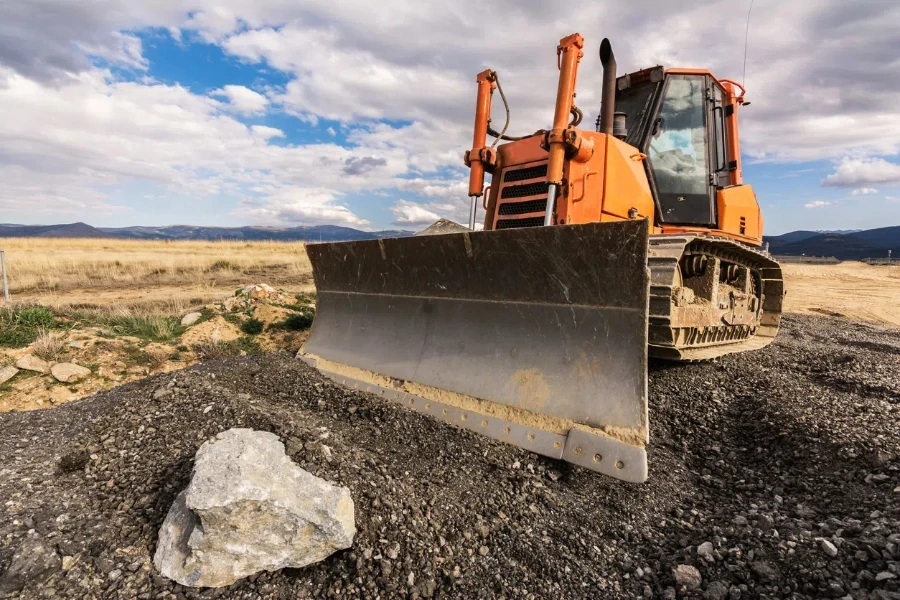
Selecting the right road grader involves a thorough evaluation of various factors, including types, performance, technical specifications, durability, latest technology features, and safety standards. Understanding these key considerations will help in making an informed decision, ensuring that the chosen grader meets the specific requirements of the project and delivers optimal performance.




